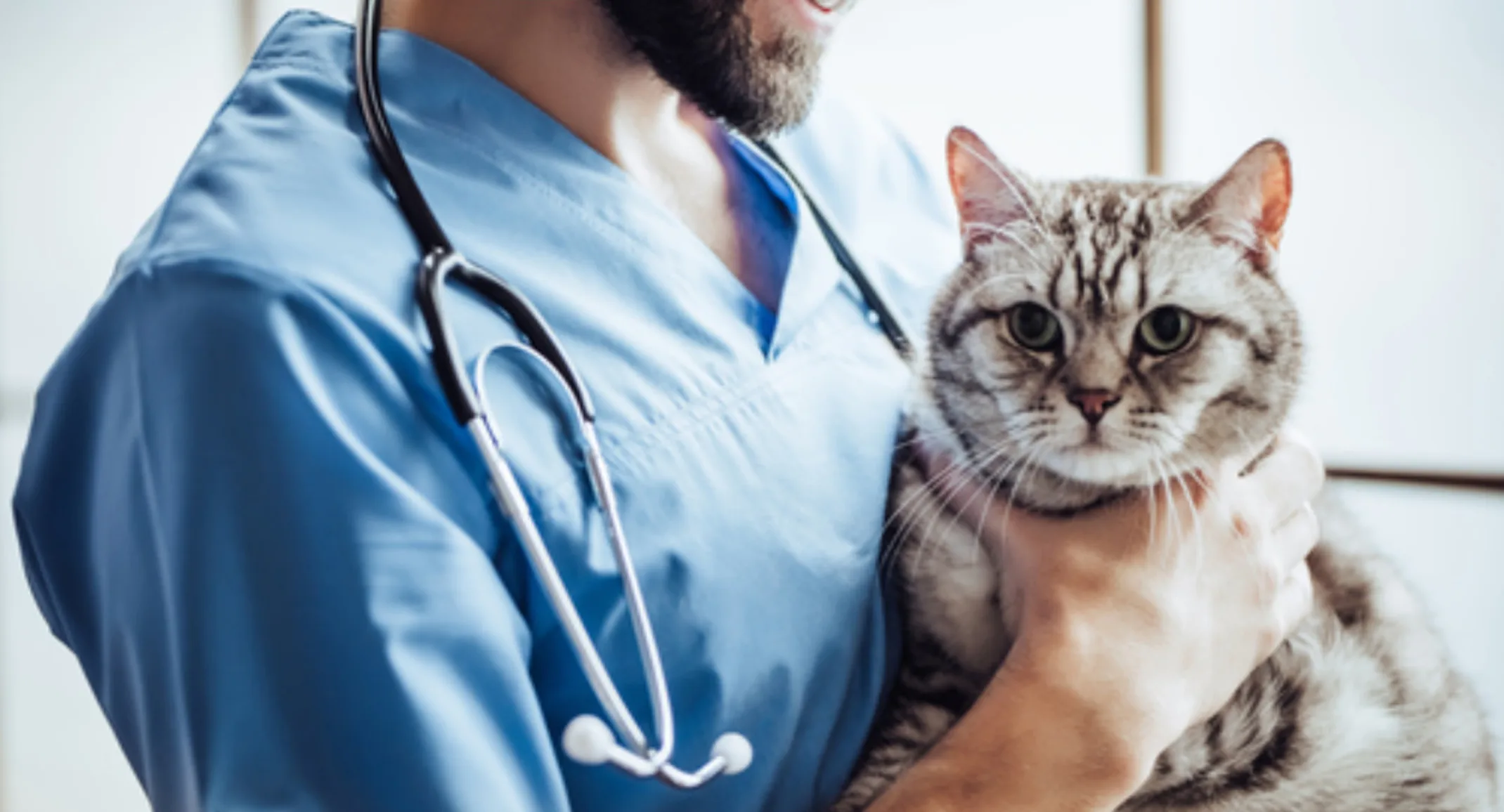Why Do I Have to Wait So Long to See My Veterinarian? Your Questions Answered
For Pet Owners

Some services are being scheduled so far in advance that being seen during availabilities in your schedule can be difficult. But, what’s behind the sudden challenge to see your veterinarian? We answer this question, and others, that are plaguing pet owners in the pandemic’s aftermath.
Question: Why can’t my pet be seen the same day I call to make an appointment?
Answer: In the past, we may have been able to schedule your pet’s appointment, whether for a wellness exam or sick care, the same day you called, but that is no longer the case, because the entire veterinary industry is overwhelmed with caring for the pet population. A multitude of factors is contributing to the disappearance of same-day appointments, largely spurred by the COVID-19 pandemic. Staffing shortages, inefficient protocols, health issues, and a backlog of pets needing wellness care are some key contributing factors to the inability to schedule an appointment the same day you call.
Q: Why is the veterinary industry so short-staffed?
A: The veterinary industry was short-staffed well before the pandemic struck. Although people love the idea of working with animals, the veterinary industry is difficult to break into—and stay in—as a skilled professional. Veterinary schools are turning out too few credentialed technicians and veterinarians to meet the overwhelming demand, and many professionals are leaving the field altogether, particularly during the difficult pandemic period. Long hours, low pay, and underutilization send many professionals searching for better employment. In fact, the average veterinary technician stays in the field for only five years before looking for a similar, but less stressful and better paying, career.
The challenges associated with the pandemic—from heightened tension between clients and veterinary professionals, to coping with sick team members and skeleton crews—have contributed more substantially to burnout and compassion fatigue. With one of the highest suicide rates among any profession, veterinary professionals are leaving the field to save not only their sanity, but also their lives.
Q: How did COVID-19 cause a drop in veterinary efficiency?
A: In an effort to keep our team, clients, and community safe and healthy, we instituted social distancing and strict hygiene protocols. Curbside care helped us limit face-to-face contact, but greatly decreased efficiency. A standard wellness appointment could easily take double the time, because caring for your pet required extra running back-and-forth by our team. Pets who were sick or injured could experience substantial appointment times, especially if pet owners were hard to reach, to obtain their permission to run diagnostic tests or proceed with treatment. This breakdown in efficiency caused veterinary practices around the country to struggle to see the many pets who needed care in a timely manner. In fact, data from the AVMA Census of Veterinarians and Veterinary Practice Owners revealed that veterinarians saw fewer patients per hour, and their average productivity declined by almost 25% in 2020, compared with 2019. This drastic drop greatly reduced the number of pets who could be seen each day.
Q: Why is there a backlog of wellness care for pets?
A: During the pandemic, many veterinary practices limited their services to sick or injured care, or closed their doors entirely. Operating on a bare-bones staff when team members fell ill, or closing because of lockdown orders, didn’t help matters. When business returned to “normal,” as lockdown orders were lifted and vaccinations were introduced, veterinary practices experienced a huge surge in the number of pets needing delayed wellness care. Essential vaccinations, physical exams, chronic medication evaluations, and elective procedures, like spays, neuters, and dental cleanings, were pushed back during the pandemic. Once veterinary practices reopened at maximum productivity, they still weren’t able to keep up with the demand for delayed wellness care, coming-due wellness care, and sick and injured pets. To this day, veterinary teams are struggling to meet the overwhelming demand for pet care, and to catch up on the backlog of preventive services.
Q: How can I ensure my pet receives veterinary care when needed?
A: With this news about the veterinary industry struggling to see pets in a timely fashion, how can you ensure your pet receives care when needed? Here are a few tips:
Schedule in advance
— If you know your pet is due for wellness care in the upcoming month, schedule their appointment well in advance. Typically, we have only a few slots available each day for wellness care, leaving the rest of our calendar open for sick and injured emergency cases. Scheduling in advance ensures your pet will be properly examined and vaccinated on time.
Be on the lookout for problems
— Being alert to subtle changes in your pet’s appetite, activity, and attitude can clue you in to potential health issues. At the first hint of an abnormality, call us to schedule an appointment. Waiting until your pet is seriously ill may make receiving immediate care difficult.
Our Dove Mountain Veterinary team asks that you show patience and kindness, as we navigate these challenging times. We are doing our utmost to ensure every pet in our community receives the care they need, but we need your help in doing so. Contact our hospital, to schedule your pet’s appointment well in advance, to avoid last-minute overbooking.
